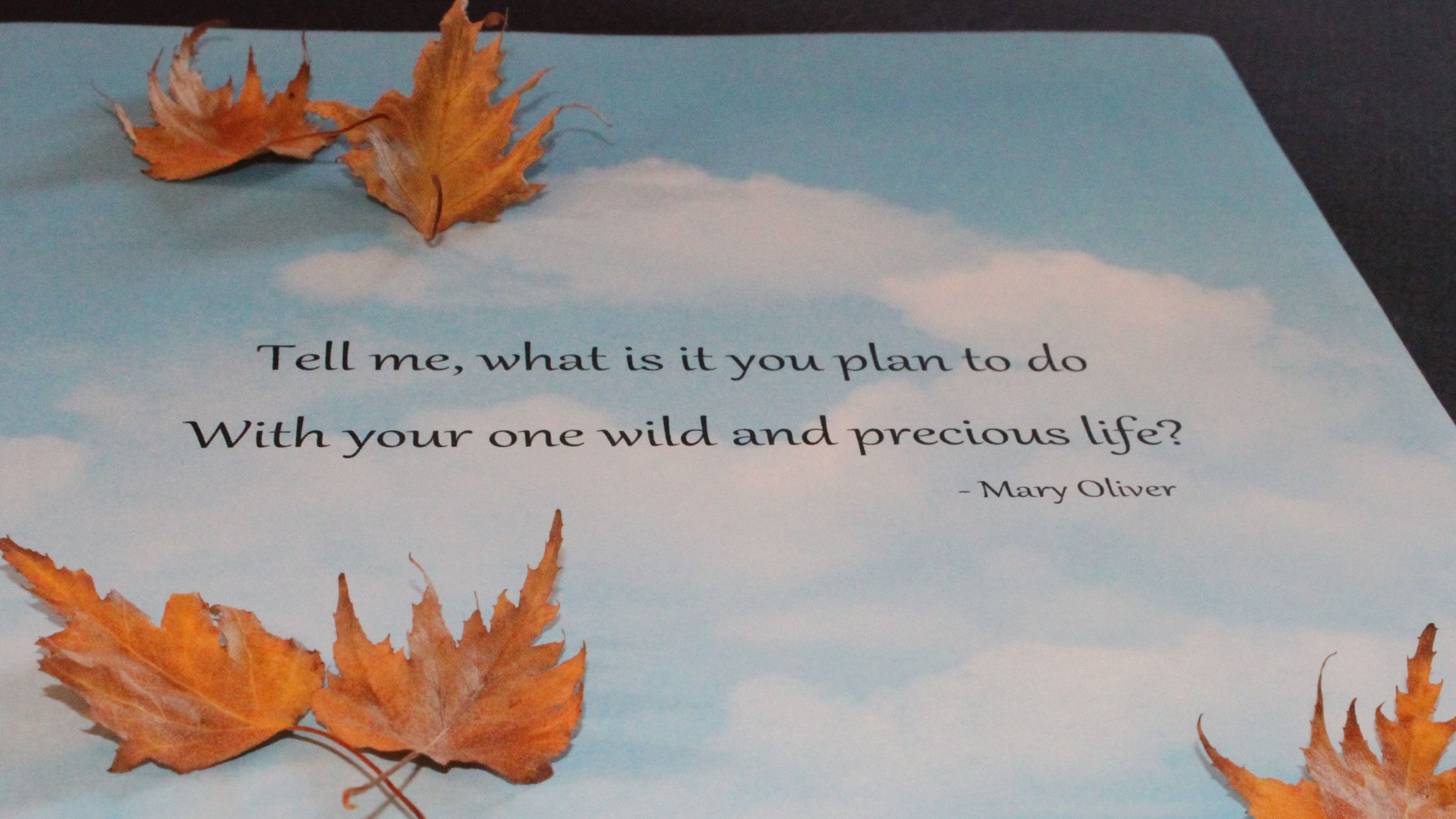
Credit: DH Photo
Ask a creative person about what inspires them, and you might hear the usual suspects: a lover, the news, the planet. I’m focusing on the third Muse today. World Earth Day is on April 22, and it is an excellent time to mull on the earth and nature — that eternal, giving, and mostly forgiving Muse.
Few are untouched by the generosity of nature. Majestic mountains, a path disappearing into the forest, towering waterfalls... But nature is also about the everyday — a blade of grass, for example, or tall trees. How often do we notice them and, more importantly, celebrate them? When it comes to nature poetry, we are only paying tribute to a long-standing tradition. The most recognisable poet of nature is William Wordsworth. There’s his classic work, 'I Wandered Lonely As A Cloud', better known to Indian school students as the ‘Daffodils poem’. In another poem, 'Lines Composed A Few Miles Above Tintern Abbey', William Wordsworth describes himself as “a worshipper of Nature (…).” The poem does complete justice to his self-appointed title and the Lake District he was inspired by.
Closer home, one is always inspired by the words of Rabindranath Tagore. This work, in particular, stands out for me:
“Thou art the sky and thou art the nest as well. (…)There comes the morning with the golden basket in her right hand bearing the wreath of beauty, silently to crown the earth. And there comes the evening over the lonely meadows deserted by herds, through trackless paths, carrying cool draughts of peace in her golden pitcher from the western ocean of rest. But there, where spreads the infinite sky for the soul to take her flight in, reigns the stainless white radiance
(…)”
I am especially struck by the poet’s interpretation of the reader as part of the planet. If we all identified with the planet, would we not be gentler with it as well? Would we not see it as the great American poet Walt Whitman does?
“Earth! my likeness! Though you look so impassive, ample and spheric there/I now suspect that is not all;/ I now suspect there is something fierce in you, eligible to burst forth …”
For a change of pace, take a look at this poem, American Hay Fever, by Teresa Pham-Carsillo. It always makes me smile in sympathy and admiration:
“I sneeze and therefore I am/not of this kindling landscape,/this ocean cold and roiling as the night/ that steals in through the windows/of the house where my family gathers,/ a cacophony of glass-edged syllables rocking/I am a daughter born of softer climes/where salted words coat my tongue,/mango fresh, firm, and wet in my hand,/the same size and shape as a human heart/”
Nature poetry does more than thrill and create joy — it does what literature does — it connects life and people, and offers valuable lessons. In the case of the planet, this is vital. Does poetry make us think, and take action? Think about every demonstration for every cause, and you have the answer in front of you. Words — made into slogans, songs, rallying calls — are powerful stuff. As Henry David Thoreau has said, “What is the use of a house if you haven’t got a tolerable planet to put it on?” And this is where I think nature poetry can do something truly vital. It can change minds, awaken the conscience, and maybe, just maybe, bring about change.
In the words of the most extraordinary nature poet of our time, Mary Oliver,
“Tell me, what is it you plan to do with your one wild and precious life?”
The World in Verse is a monthly column on the best of new (and old) poetry.
The writer is a poet, teacher, podcaster, voice actor and speaker. She has published two collections of poetry. Send your thoughts to her at bookofpoetry@gmail.com